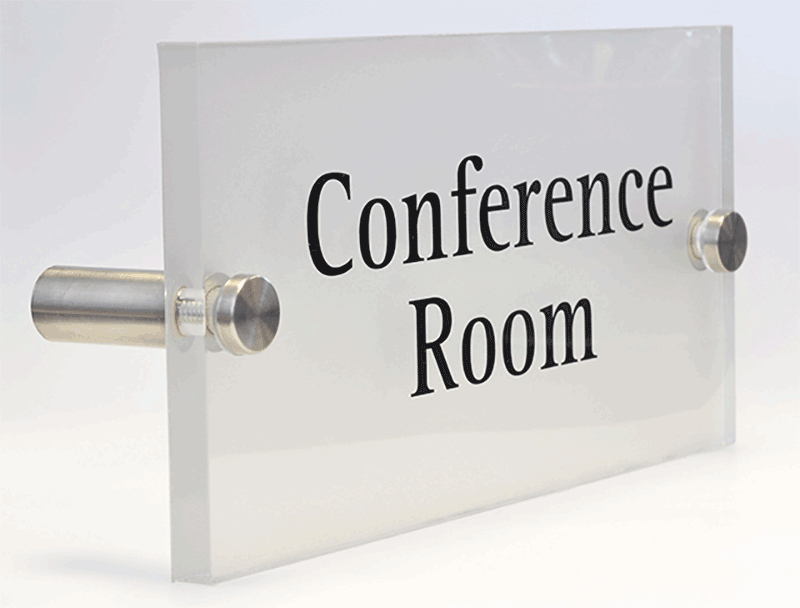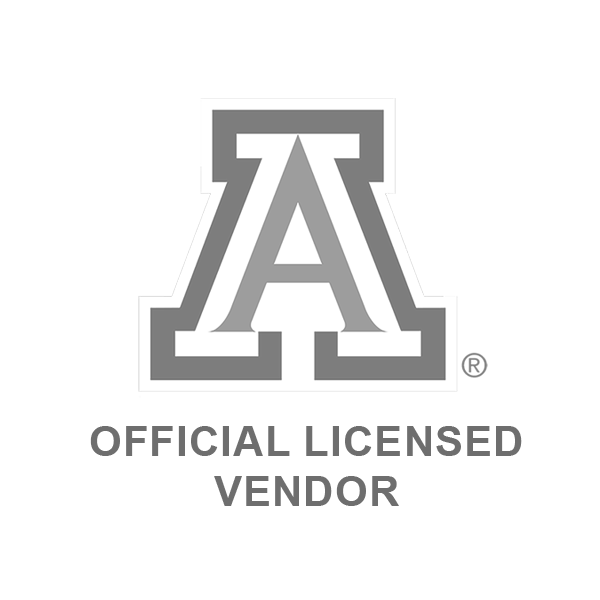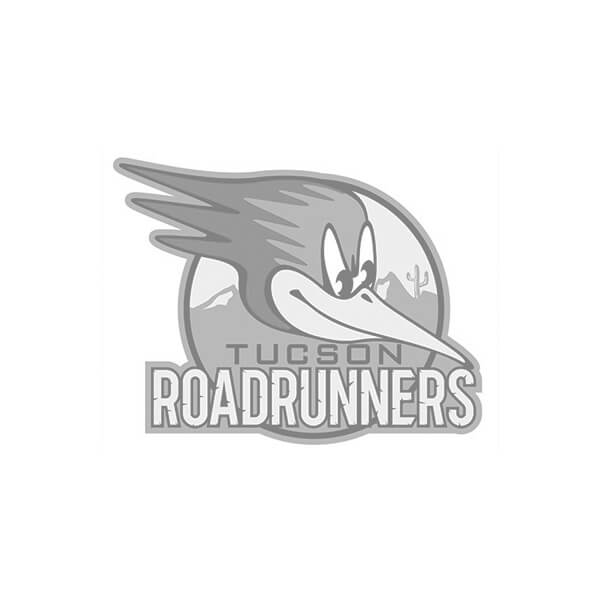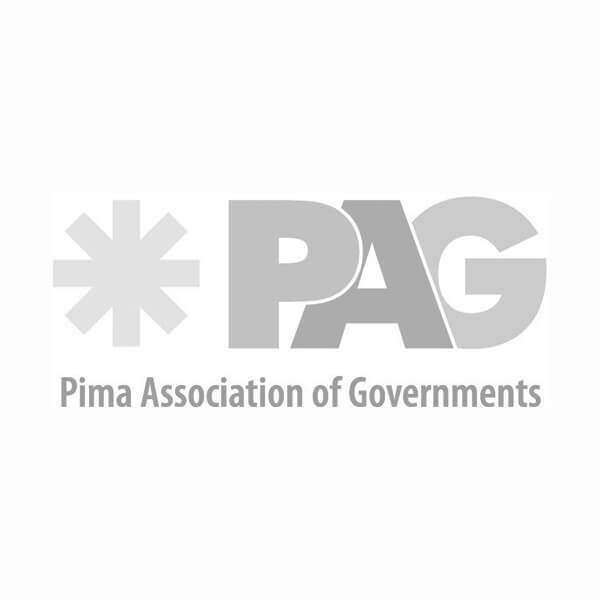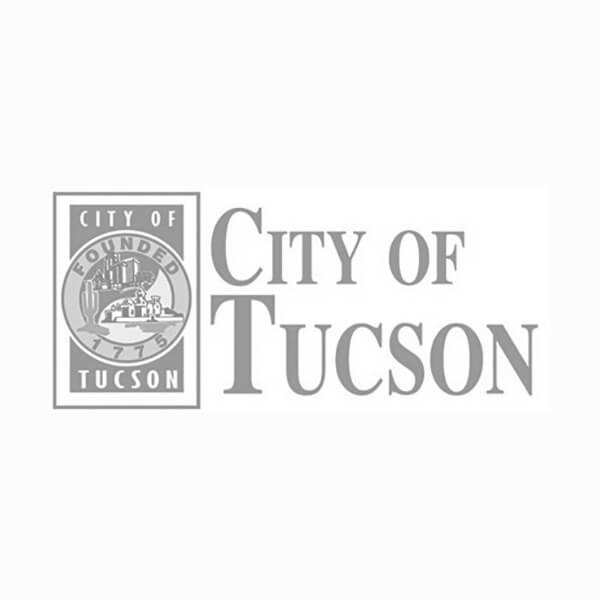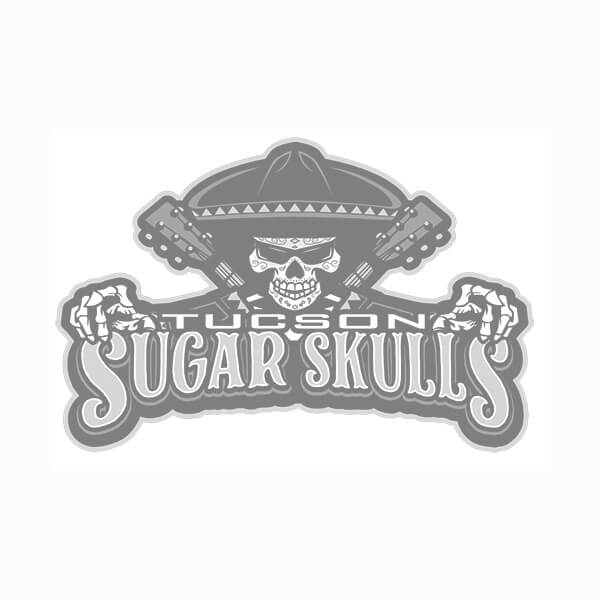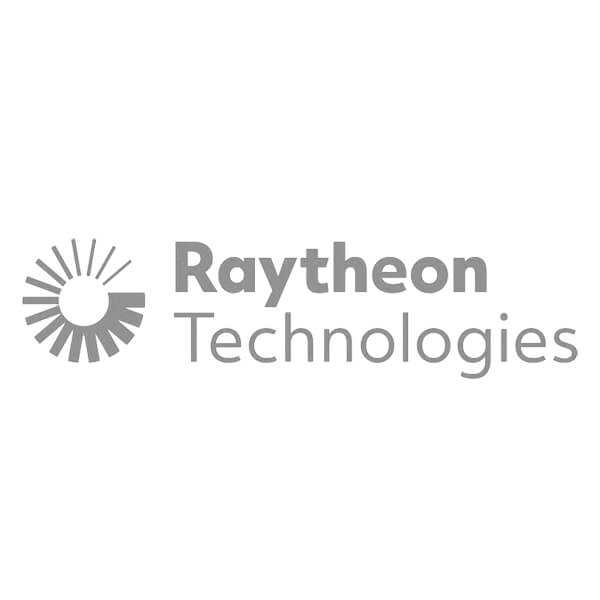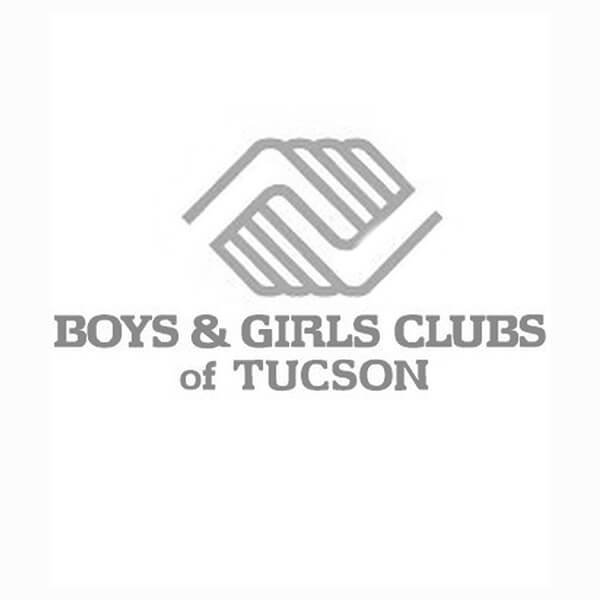GRAPHIC IMPACT
Custom Wall Signs, ADA/Braille Signage, and Directories: Ensure Consistency and Compliance.
www.graphic-impact.com
by Graphic Impact – Where Innovation Meets Impressions
When it comes to navigating a building—whether it’s a hospital, office, school, or retail space—wall signs, ADA-compliant Braille signage, and directories play an essential role. These signage solutions do more than provide direction; they also support branding, enhance accessibility, and ensure compliance with federal regulations. If you're planning a signage project, it's critical that once your design standards and ADA requirements are established, every sign in your facility follows those same guidelines.
Why Sign Consistency Matters in Facility Design
Consistency is one of the most overlooked aspects of an effective signage strategy. Visitors should be able to understand and navigate your space without confusion. When signs vary in layout, typography, or placement, it can create visual noise, undermine professionalism, and make navigation more difficult—especially for individuals with visual impairments or cognitive disabilities.
By establishing a set of design criteria early on—including size, font type, color contrast, and mounting height—you create a cohesive and easily recognizable system of communication throughout your facility. Once those criteria are defined, it’s important to apply them consistently to every sign type, from wall-mounted signs to ADA-compliant Braille plaques and directional directories.
Understanding ADA Signage Requirements
Under the Americans with Disabilities Act (ADA), certain interior signs must meet strict requirements to be accessible to individuals who are blind or visually impaired. These signs include:
- Room identification signs (e.g., restrooms, conference rooms)
- Exit signs and emergency egress instructions
- Floor numbers and elevator signs
ADA-compliant signs generally require raised characters, Grade 2 Braille, specific contrast ratios, and non-glare backgrounds. Placement also matters: signs must be mounted between 48 and 60 inches from the floor and located on the latch side of the door.
Braille and Raised Lettering: More Than Compliance
Incorporating Braille and tactile lettering isn’t just about legal compliance—it’s about inclusivity. Individuals who are blind or have low vision rely on these features to independently navigate unfamiliar spaces. Investing in high-quality ADA signage shows a commitment to accessibility and ensures your business is welcoming to all.
There are a variety of styles to choose from, including photopolymer, raster bead, and engraved signs. Each method offers durability and visual appeal. At Graphic Impact, we specialize in manufacturing custom ADA signage that not only meets federal guidelines but complements your brand's aesthetics as well.
Wall Signs: Functional and On-Brand
Wall signs serve a dual purpose: wayfinding and branding. Whether it’s identifying a department, labeling a room, or reinforcing a company’s visual identity, wall signage is a powerful communication tool. Common materials include acrylic, aluminum, brushed metal, and PVC—all customizable in shape, color, and finish.
Effective wall signs should be:
- Readable from appropriate distances
- Mounted consistently at eye level
- Made from durable, easy-to-clean materials
- Designed to complement your interior architecture and branding
At Graphic Impact, we can match your existing signage standards or help you develop a new design system from scratch. With our in-house fabrication and digital printing capabilities, we produce signage that’s both functional and visually stunning.
Directories: Guide Visitors with Clarity
Large facilities such as hospitals, office complexes, or universities benefit from the use of directories—typically placed in lobbies or at main entry points. These signs display building layouts, department locations, or tenant names and help visitors find their way without assistance.
Modern directories can be:
- Static (printed or engraved)
- Modular (allowing easy updates)
- Digital (interactive touchscreen displays)
Whichever format you choose, it should align with your overall signage design standards and include accessibility considerations such as high contrast and large, easy-to-read fonts.
Choosing the Right Materials for Your Signs
The materials you select will impact not just the look of your signage but also its longevity and ease of maintenance. Here are a few popular options:
- Acrylic: Sleek, modern, and available in a range of colors and finishes
- Photopolymer: Ideal for ADA Braille signage with durable, tamper-proof design
- Aluminum: Lightweight, professional, and resistant to wear
- High-Density Urethane (HDU): Ideal for dimensional wall signs
We also offer custom paint matching, clear coatings for durability, and eco-friendly material options. If you're unsure which material suits your space, our team can provide samples and expert recommendations.
How to Plan Your Interior Signage System
Before beginning production, you should consider the following steps:
- Identify the types of signs needed (ADA, wall signs, directories, etc.)
- Define your design criteria (fonts, colors, materials, mounting height)
- Ensure ADA requirements are clearly outlined
- Work with a qualified signage partner to ensure quality and compliance
- Request prototypes or samples before full production
Once these elements are established, it becomes much easier to scale your signage system across an entire facility—or multiple facilities—without inconsistencies or compliance issues.
Work With Experts Who Understand Compliance and Design
At Graphic Impact, we’ve been helping businesses, healthcare providers, universities, and municipalities design and fabricate interior signage systems since 1989. Our team understands the importance of blending functionality with visual impact. Whether you're outfitting a single suite or an entire building, we provide expert consultation, in-house production, and fast turnaround times.
Request a Free Sample or Consultation
If you're starting a signage project—or need to update your existing signs to meet ADA standards—contact us today. We’ll walk you through design options, materials, ADA compliance, and how to create a unified look across your facility. Samples of wall signs, ADA Braille signage, and directories are available upon request.
Let Graphic Impact help you create signage that works—for everyone.


